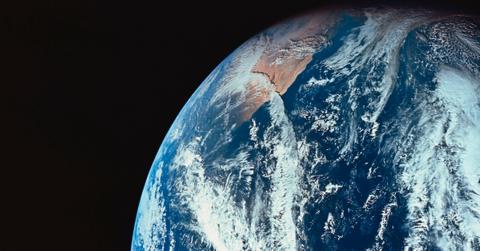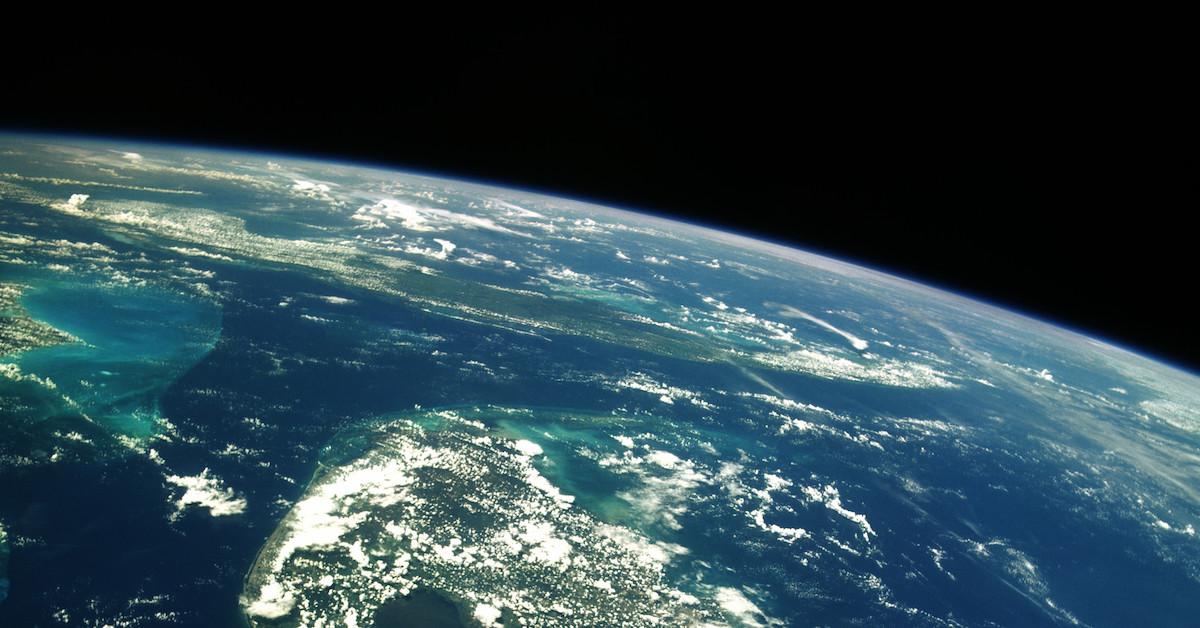Here’s What Will Happen to Life on Earth, if the Ozone Layer Fully Depletes
Published Sept. 17 2021, 11:06 a.m. ET

Climate change is continuously threatening plant and wildlife, it's causing extreme weather conditions, and it's the reason why water levels and temperatures are continuously rising. But one of the more threatening side effects of climate change is the daunting hole that's formed in the ozone layer over the years. Scientists attribute it to destructive human activity — specifically the use of chlorofluorocarbons and aerosols — and the prospect of the ozone layer being totally gone is terrifying.
"Ozone is Earth's natural sunscreen, absorbing and blocking most of the incoming UV radiation from the sun and protecting life from DNA-damaging radiation," reads a report from NASA.
That said, a world without it could be pretty bleak.

What will happen if the ozone layer is gone?
As previously mentioned, the ozone player protects life on planet Earth from exposure to UV rays and radiation. The stratospheric layer, which lies 10 to 30 miles above Earth's surface, consists of naturally created ozone molecules. But in the 1970s, researchers discovered a "hole" in the ozone that was caused by the use of CFCs, which destroy ozone molecules, according to NASA. And as per the EPA, the hole is causing more UV radiation to make its way to life on planet Earth.
UV ray exposure can cause skin cancer, cataracts, and immune system problems among human beings. as well as famine in humans and wildlife due to lower crop yield and destruction of marine life. So if the hole in the ozone layer gets much bigger — or if the ozone layer depletes entirely — it could cause increased life-threatening problems to human, animal, and plant life. It could ultimately make planet Earth truly uninhabitable — even more than it is as of right now.
But the 1987 Montreal Protocol, which ended the use of CFCs worldwide, has done wonders in protecting the ozone layer. An Earth Observatory study showed if human activity had continued as it had been, regarding the use of CFCs. The hole would have continued growing, with holes forming over both the Arctic and Antartica. UV exposure would be astronomical and continuously life-threatening — but luckily, it doesn't seem as though that will be the case, as long as we stick to the Montreal Protocol.
The ozone hole over Antartica is larger than ever this year.
Scientists haven noticed that Antartica's hole, which tends to form in the wintertime, is growing quicker than most have since ozone holes were first recorded in 1979, according to The Guardian.
“The 2021 ozone hole is now among the 25% largest in our records since 1979, but the process is still under way. We will keep monitoring its development in the next weeks," Vincent-Henri Peuch of Copernicus Atmosphere Monitoring Service told The Guardian.
"A large or small ozone hole in one year does not necessarily mean that the overall recovery process is not going ahead as expected, but it can signal that special attention needs to be paid and research can be directed to study the reasons behind a specific ozone hole event,” he continued.
Hopefully, the ozone levels return to normal in December, as they have in the past — only time will tell.